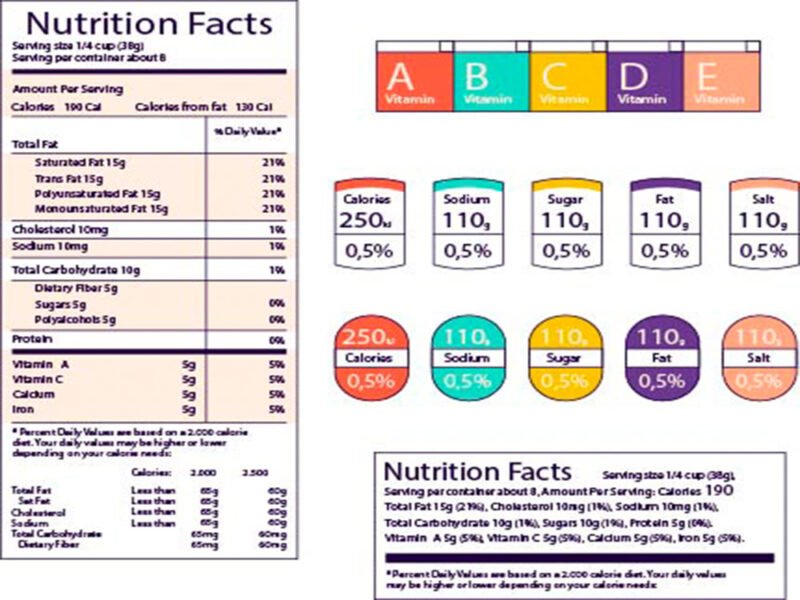Have you ever looked at your reflection and wished to turn your “extra” fat into muscle? Well, you’re not alone. Body recomposition, the process of losing fat while gaining muscle, is a common goal but definitely not a quick fix.
It requires time, effort, and the right approach. Research shows that with a structured program, beginners can gain up to 2-3 pounds of muscle per month while simultaneously losing fat.
Understanding how long this process takes can help you in setting realistic expectations. So, here is how you can do it.
Basics of Body Composition
How To Reduce Body Fat While Gaining Muscle Mass
Reducing body fat while gaining muscle mass requires a careful balance of diet, exercise, and recovery.
Nutrition: Consuming the right amount of calories and macronutrients is vital. Aim for a slight caloric deficit to lose fat while consuming enough protein to support muscle growth.
Strength Training: Focus on resistance training exercises that target multiple muscle groups. Compound movements like squats, deadlifts, and bench presses are particularly effective.
Cardio: While strength training is key for muscle growth, incorporating cardio helps with fat loss. High-Intensity Interval Training (HIIT) is especially effective, burning fat while preserving muscle mass.
Increasing Lean Muscle Mass
Building lean muscle mass is not just about lifting heavy weights; it’s a combination of strategic training and proper nutrition. Gradually increase the weight and intensity of your workouts.
- Protein: Aim for 1.6 to 2.2 grams of protein per kilogram of body weight daily. Include lean protein sources like chicken, fish, tofu, and legumes. Carbohydrates provide energy for workouts, and healthy fats support overall health.
- Measurement: Regularly measure muscle growth using body measurements, progress photos, or body composition scales
As mentioned earlier, protein is essential. Aim for lean sources like chicken, fish, tofu, and legumes. While protein is crucial, don’t neglect other macronutrients. Carbohydrates provide the energy needed for intense workouts, and healthy fats support overall health. Following this balance of macronutrients also gives a great pre-workout meal.
Also, measure your muscle growth using tools like body measurements, progress photos, or even body composition scales regularly.
How To Do Body Recomposition?

Body recomposition involves reducing body fat while increasing muscle mass. It requires a strategic combination of diet, exercise, and lifestyle adjustments.
Set Clear Goals:
Determine your specific objectives, such as losing 15 pounds of fat and gaining 5 pounds of muscle. Having precise targets will guide your plan and keep you motivated.
Tailor Your Nutrition:
- Caloric Intake: Calculate your Total Daily Energy Expenditure (TDEE) to understand how many calories you need to maintain your current weight. Then, aim for a slight caloric deficit (around 10-20%) to lose fat while ensuring enough nutrients to support muscle growth.
- Macronutrient Ratios: Follow a macronutrient ratio that supports body recomposition. A common recommendation is 40% protein, 30% carbs, and 30% fats.
- Protein Consumption: Aim for 1.6 to 2.2 grams of protein per kilogram of body weight daily. Include lean protein sources like chicken, fish, eggs, tofu, and legumes.
- Meal Timing: Distribute your protein intake evenly across meals to optimize muscle protein synthesis. Eating 30 grams of protein-rich foods within 30 minutes of waking keeps you energetic throughout the day.
Strength Training Regimen:
- Train at least 3-4 times a week focusing on resistance exercises.
- Incorporate compound movements like squats, deadlifts, bench presses, and rows, which engage multiple muscle groups and promote overall muscle growth.
- Gradually increase the weights you lift to continuously challenge your muscles and stimulate growth.
- Use a split routine to ensure all major muscle groups are targeted. For example, a push-pull-legs split can be effective:
Day 1: Push (chest, shoulders, triceps)
Day 2: Pull (back, biceps)
Day 3: Legs (quads, hamstrings, calves)
Reps and Sets: Aim for 3-4 sets of 8-12 reps for hypertrophy (muscle growth). Adjust based on your progress and specific goals.
Cardiovascular Exercise:
High-Intensity Interval Training (HIIT) is effective for burning fat while preserving muscle. Include 1-2 HIIT sessions per week.
Low-intensity steady-state (LISS) cardio can also be beneficial. Examples include walking, cycling, or swimming at a moderate pace for 30-45 minutes.
Recovery and Sleep:
At least one or two rest days per week to allow muscles to recover and grow.
Aim for 7-9 hours of sleep per night. Sleep is crucial for muscle recovery, hormone balance, and overall health. Poor sleep can hinder your body’s recomposition efforts.
How Long Does Body Recomposition Take?
The timeline for body recomposition varies significantly from person to person, depending on factors like starting with body composition exercises, consistency, and individual response to training and diet.
On average, noticeable changes in body composition can take anywhere from 10 to 12 weeks. This timeline is supported by studies indicating that a combination of resistance training and a high-protein diet can lead to significant changes in body composition within 10 to 12 weeks.
Note: Some people may see changes sooner, while others might take longer. The key is to remain patient and consistent with your efforts.
Key Takeaways
Patience pays off when you’re trying to see the results of body recomposition. You can expect noticeable changes within 8 to 12 weeks. Several studies indicate that significant body composition changes can occur within this period with a consistent routine.





